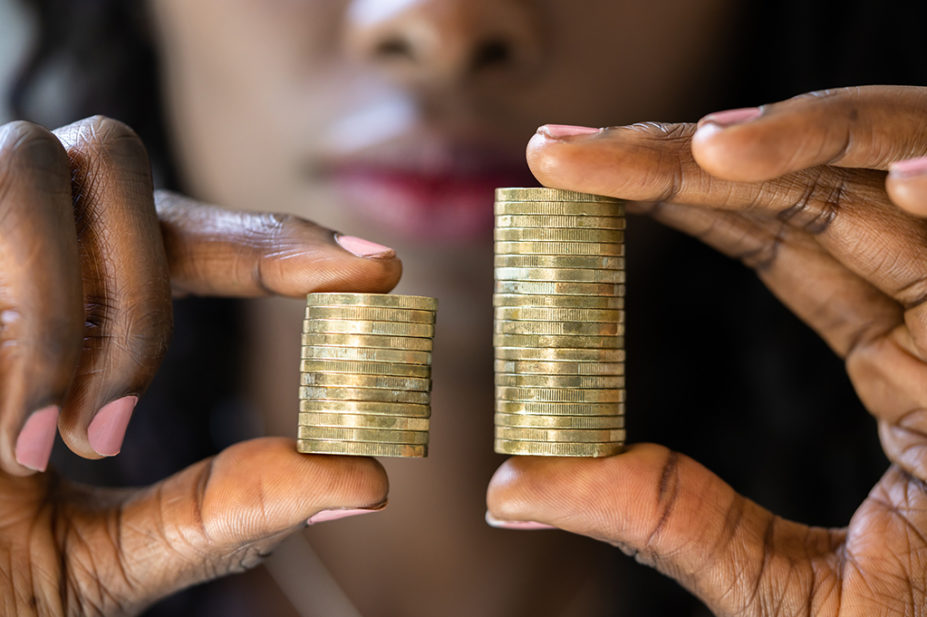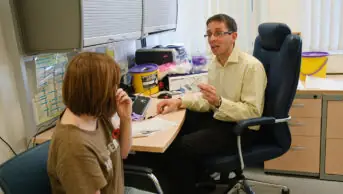
Shutterstock.com
The gender pay gap at the Royal Pharmaceutical Society (RPS) increased by 2.5 percentage points in 2021, figures published by the RPS show.
In a statement published on its website on 26 November 2021, the RPS said its median gender pay gap now stands at 17.2%, up from 14.7% in 2020.
The Society first published gender pay gap data in 2019, when it reported that the median hourly gender pay gap as of April 2018 was 0.5%. Figures for April 2019 showed that it had risen to 13.1%.
The statement said that some fluctuation around the gender pay gap “stems from the small number of men employed at RPS — 76 of 209 employees — so that even one male appointment at senior level could affect male median pay by 1 or 2%”.
However, it added that the RPS’s “minimum aspiration is that our pay gap is below the national average,” which for the gender pay gap currently stands at 15.5%.
While the RPS said it had “reduced the over-representation of women in the lowest pay quartile from 12.3% in 2018 to 7.2% in 2021”, it added that the Society is “not satisfied with our overall pay gap” and is “committed to improving it”.
For the first time, the RPS also published its disability pay gap for 2021, with the data showing a median pay gap of 5.4% based on “a small number of people who declared themselves as having a disability”.
The national median disability pay gap was estimated to be 12.2% in 2018 by the Office for National Statistics, but was later found to have risen to 19.6% in 2020, according to research by the Trades Union Congress.
The RPS’s latest data also showed that its ethnicity pay gap has narrowed by 1.0 percentage point, down from 11.7% in 2020 to 10.7% in 2021.
Paul Bennett, chief executive of the RPS, said the Society was “very disappointed that our gender pay gap has widened, despite our work in this area”.
“We still have more to do, but as an organisation of around 200 employees, small changes in staffing can have big impacts, creating positive and negative outcomes on pay gaps.”
Bennett added that the Society was “committed to reducing our pay gaps and have an action plan to achieve this”.
“I’m pleased we now have data to benchmark our disability pay gap and we will continue to focus on ensuring representation of diversity at all levels within RPS and ensuring our employees are fairly paid.”
In its report ‘The RPS Pay Gap 2021‘, the Society has set out a range of actions it is taking to reduce its gender, ethnicity and disability pay gaps.
These include ensuring the language used in job adverts is gender-neutral and does not discourage women; the use of diverse shortlists and panels; salary range transparency and work on providing more opportunity for disabled people, in line with its ‘Disability Confident Committed employer’ pledge.
The Society is not obliged to report its gender pay gap as it employs fewer than 250 people, but chooses to publish it on a voluntary basis.
Read more: Pay gap for pharmacists from ethnic minorities is more than £3,500 per year, survey suggests
- This article was corrected on 30 November 2021 to state that the median hourly gender pay gap in 2018 was 0.5%, not 12.6% as previously stated


